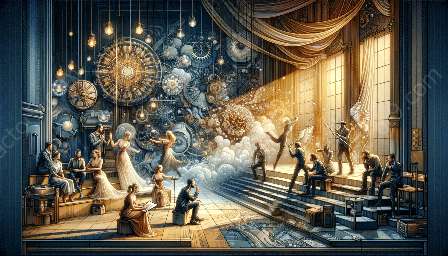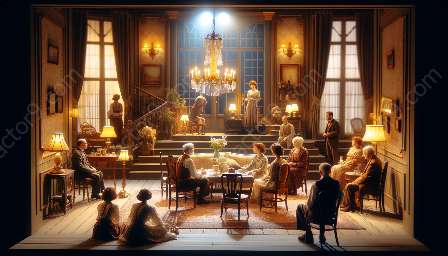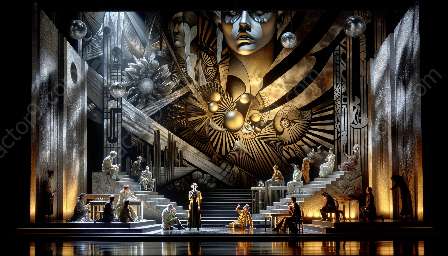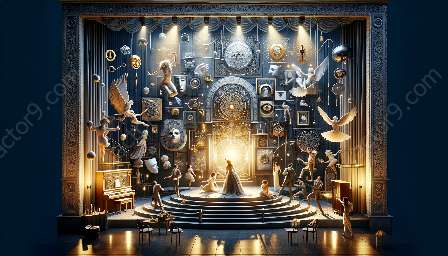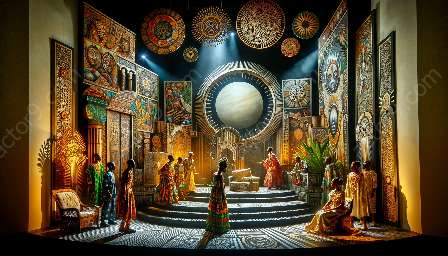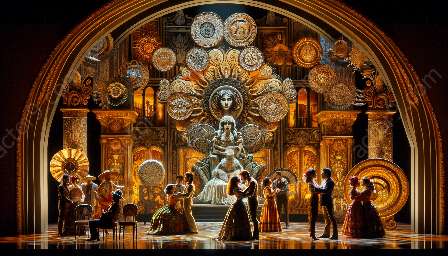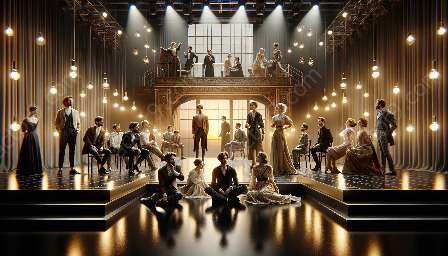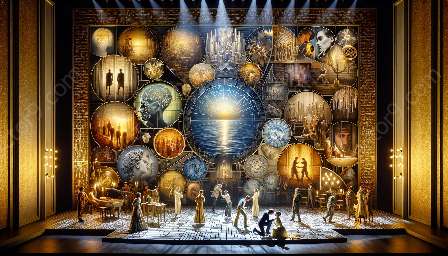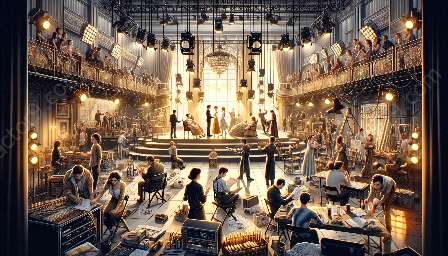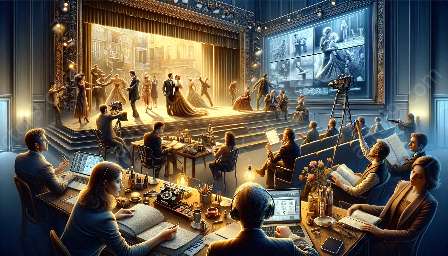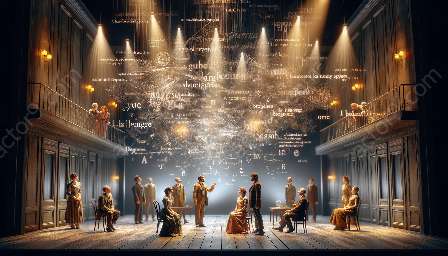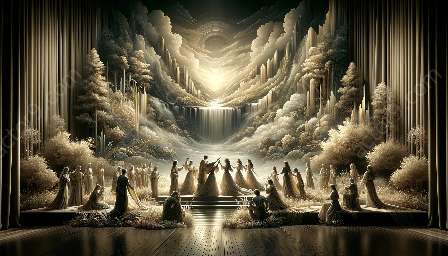Modern drama often provides a medium for audiences to delve into the complexities of the human mind and emotions. This exploration of the human psyche parallels the principles and techniques employed in psychoanalytic therapy. By understanding the connections between psychoanalysis and modern drama, we can appreciate the depth of emotional and psychological insight that these art forms offer.
The Role of Psychoanalysis in Modern Drama
Pioneered by Sigmund Freud, psychoanalysis focuses on exploring the unconscious mind, repressed emotions, and childhood experiences to understand human behavior and mental processes. Similarly, modern drama often delves into characters' subconscious motivations, hidden desires, and unresolved conflicts, creating narratives that reflect the complexities of human existence.
Just as psychoanalytic therapy seeks to unveil the underlying causes of a person's behavior and emotions, modern drama uncovers the deep-seated psychological truths that underpin the characters' actions and interactions. This shared emphasis on introspection and the examination of the human psyche connects the realms of psychoanalysis and modern drama.
Theatrical Techniques and Psychological Insight
Modern playwrights and directors frequently employ theatrical techniques that mirror the principles of psychoanalysis. Symbolism, subtext, and non-linear storytelling are often utilized to convey characters' inner turmoil, psychological conflicts, and emotional vulnerabilities, mirroring the introspective nature of psychoanalytic inquiry.
Furthermore, the use of monologues, soliloquies, and fragmented narratives in modern drama invites the audience to gain insights into the characters' internal struggles and psychological states, fostering a sense of empathy and emotional connection reminiscent of the therapeutic process.
The Audience's Emotional Journey
Just as individuals undergoing psychoanalytic therapy confront their innermost thoughts and emotions, audiences engaging with modern drama are prompted to navigate the intricate landscapes of the human psyche. The emotional resonance evoked by modern dramatic performances parallels the profound affective experiences encountered in psychoanalytic sessions, offering viewers a profound sense of catharsis and self-awareness.
The visceral impact of modern drama often prompts audience members to confront their own fears, desires, and unresolved traumas vicariously through the characters' experiences, mirroring the cathartic release and emotional processing inherent in psychoanalytic therapy.
In Conclusion
By recognizing the parallels between psychoanalytic therapy and the audience's experience of modern drama, we gain a deeper appreciation for the profound psychological insights and emotional catharsis offered by both art forms. The interconnectedness of psychoanalysis and modern drama underscores the timeless relevance of exploring the human condition through the lens of both therapeutic practices and artistic expression, allowing individuals to engage with their own psychological complexities and empathize with the multifaceted nature of human existence.


